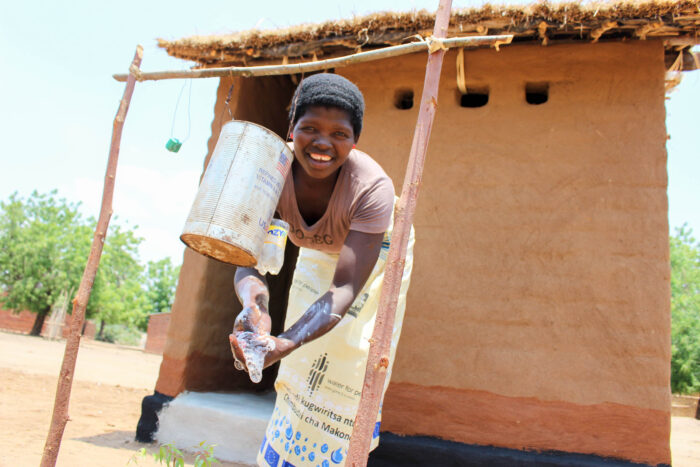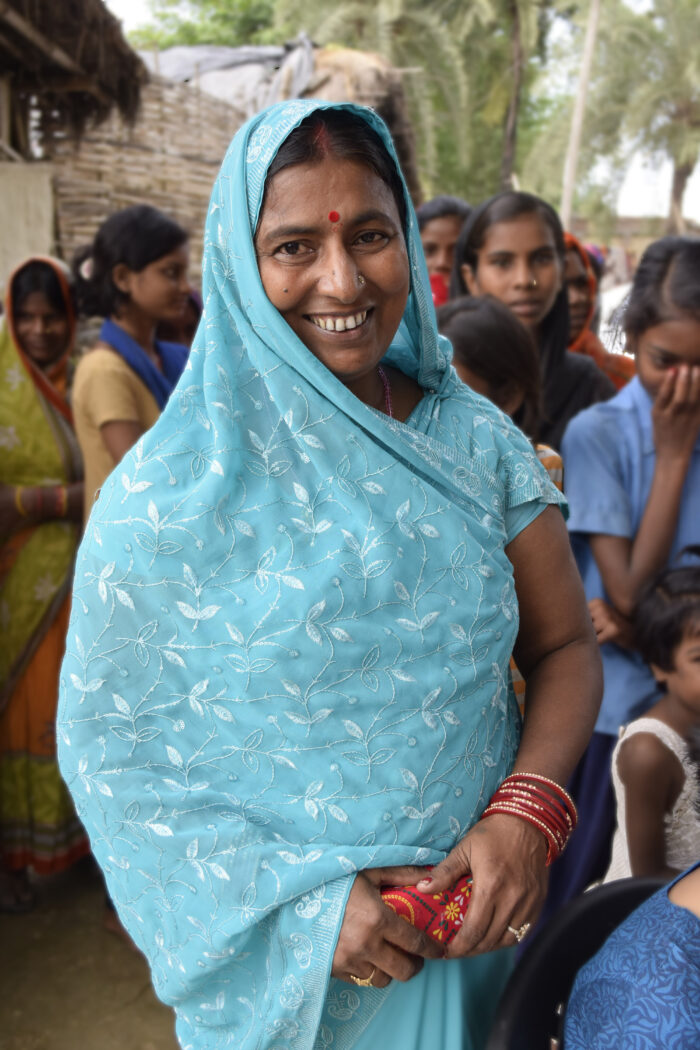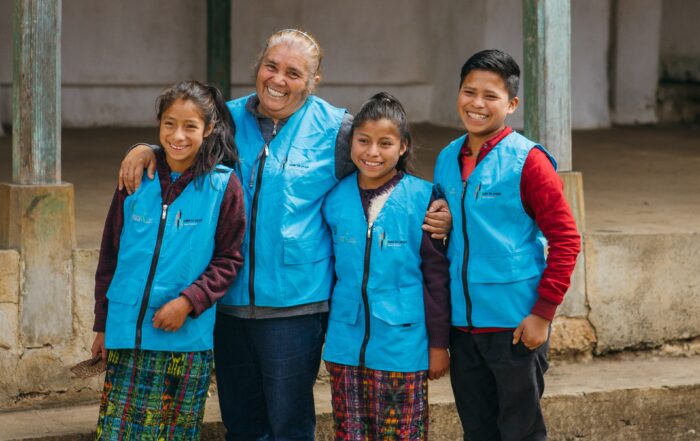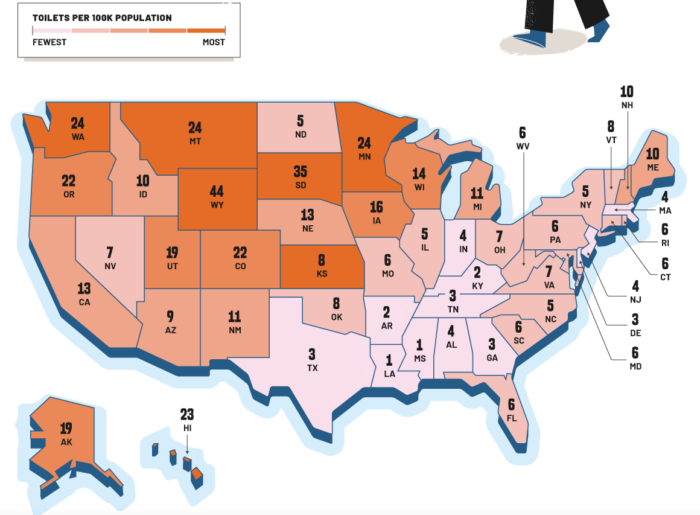No place to go
Safe sanitation is a human right.
Doulaye Kone, Deputy Director Water, Sanitation & Hygiene, Gates Foundation

No place but outside
About 494 million people defecate outside—in fields, forests, ditches, canals, or other open spaces. Many have no access to a toilet, or the toilet may be broken or unsafe to use … which makes going outside feel like the only option.
Meet Annie who survived a cholera outbreak from open defecation. After recovering, she launched a campaign to install toilets and keep her neighbors safe from the disease.
No place for women and girls
Lack of toilets can be a barrier to a good life for women and girls. Without private toilets, they may wait until night, which brings added dangers. Adolescent girls are especially affected, as stigma related to menstruation leads to missing school.
Meet Seema. One night while pregnant, she went to relieve herself outside—and fell. She decided then to advocate within her community to improve everyone’s quality of life.


No place at school
Nearly 40% of the world’s schools lack toilets and clean water—which means 698 million children increase their risk of diarrheal diseases to get an education. For children with limited mobility, only one-third have access to inclusive toilets.
Meet Luci whose school was denied access to water. Students would bring water from streams but often became sick. The school organized to find a water source and build holding tanks and toilets.
No place nearby
Almost every city is extremely short on public toilets. In the U.S., there are only eight public toilets on average for every 100,000 people. This limited access particularly affects people who are unhoused, people with disabilities, seniors, pregnant people, and new parents.
Dive deeper into the data on the lack of public toilets in the U.S.
